The RTD Beverages Market is currently characterized by a dynamic competitive landscape, driven by evolving consumer preferences and a growing demand for convenience. Major players such as The Coca-Cola Company (US), PepsiCo, Inc. (US), and Diageo plc (GB) are actively shaping the market through strategic initiatives focused on innovation, sustainability, and regional expansion. The Coca-Cola Company (US) has been particularly aggressive in diversifying its product portfolio, introducing new flavors and healthier options to cater to health-conscious consumers. Meanwhile, PepsiCo, Inc. (US) emphasizes its commitment to sustainability, aiming to reduce its carbon footprint and enhance packaging recyclability, which resonates well with environmentally aware consumers. Diageo plc (GB) continues to leverage its strong brand portfolio, focusing on premiumization and expanding its ready-to-drink alcoholic beverage offerings, thereby enhancing its competitive positioning.
In terms of business tactics, companies are increasingly localizing manufacturing and optimizing supply chains to enhance efficiency and responsiveness to market demands. The RTD Beverages Market appears moderately fragmented, with a mix of established brands and emerging players. The collective influence of key players is significant, as they not only dominate market share but also set trends that smaller companies often follow, thereby shaping the overall market structure.
In August 2025, The Coca-Cola Company (US) announced a partnership with a leading technology firm to develop AI-driven analytics for consumer insights. This strategic move is likely to enhance its ability to predict market trends and consumer preferences, allowing for more targeted marketing and product development. Such initiatives may provide Coca-Cola with a competitive edge in a rapidly evolving market.
In September 2025, PepsiCo, Inc. (US) launched a new line of organic RTD beverages, reflecting its commitment to health and wellness. This product line not only caters to the growing demand for organic options but also positions PepsiCo as a leader in the health-conscious segment of the market. The introduction of these beverages could potentially attract a new demographic of consumers who prioritize organic ingredients.
In July 2025, Diageo plc (GB) expanded its ready-to-drink cocktail range by acquiring a popular craft cocktail brand. This acquisition is strategically significant as it allows Diageo to tap into the growing trend of premium RTD cocktails, appealing to consumers seeking high-quality, convenient options. The move is indicative of Diageo's focus on premiumization and innovation within the RTD segment.
As of October 2025, current competitive trends in the RTD Beverages Market are heavily influenced by digitalization, sustainability, and the integration of advanced technologies such as AI. Strategic alliances are increasingly shaping the landscape, enabling companies to leverage shared resources and expertise. Looking ahead, competitive differentiation is expected to evolve, with a notable shift from price-based competition towards innovation, technology integration, and supply chain reliability. Companies that can effectively harness these trends are likely to secure a more robust market position.
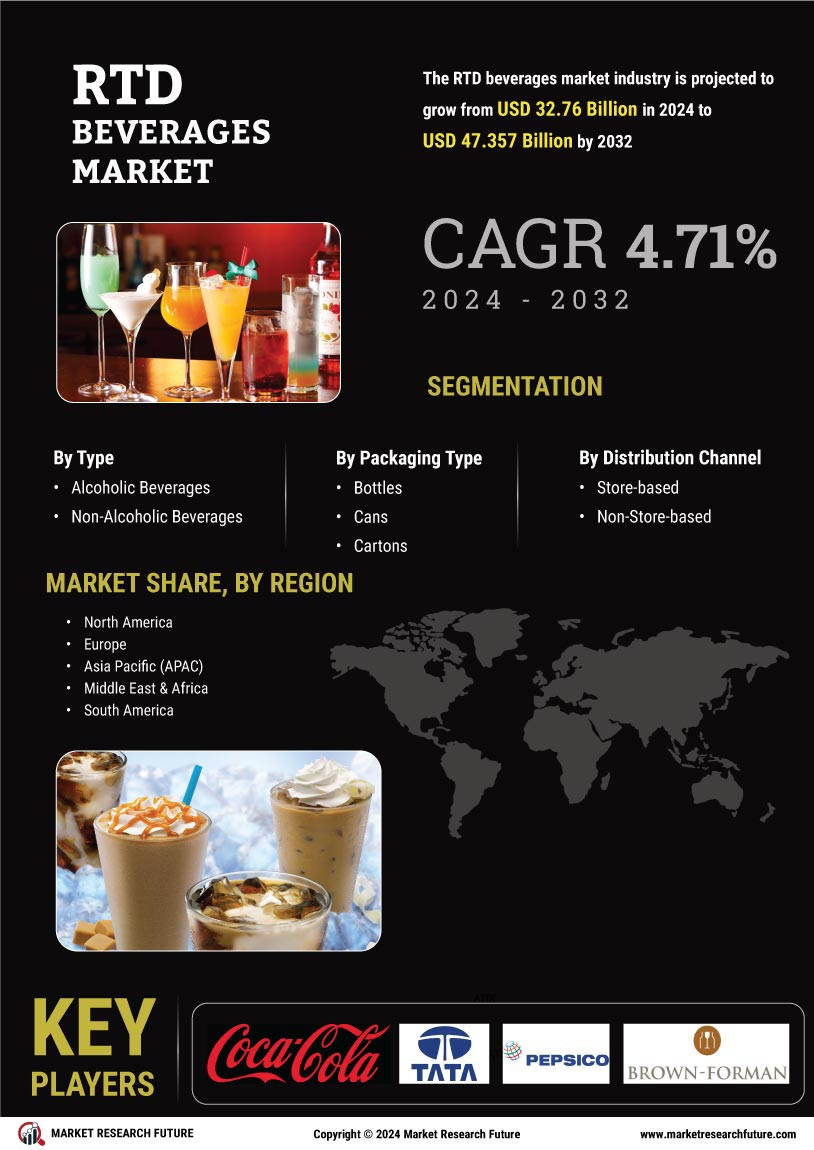

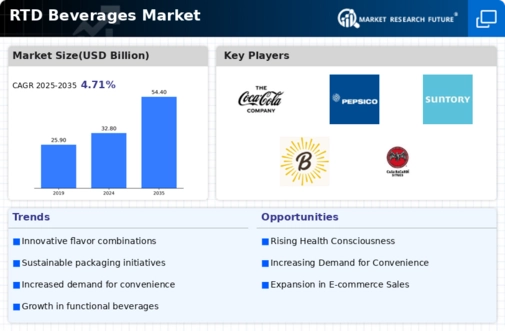
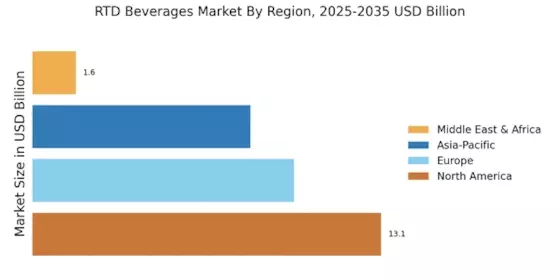

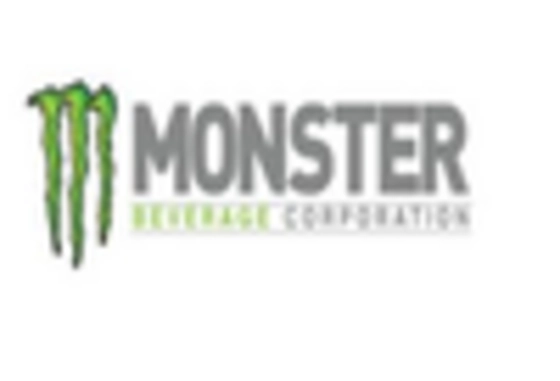
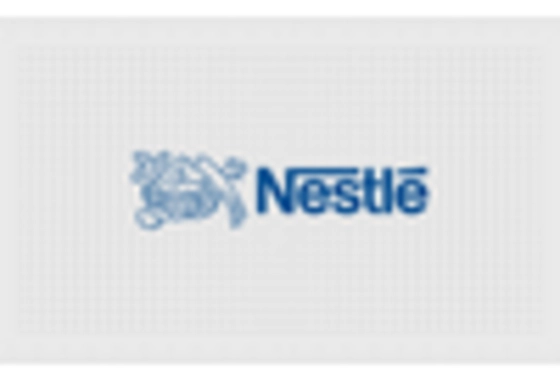
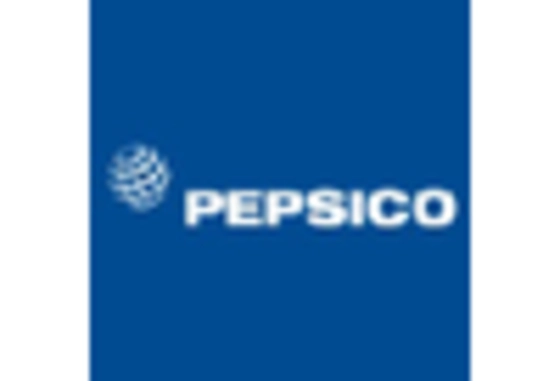
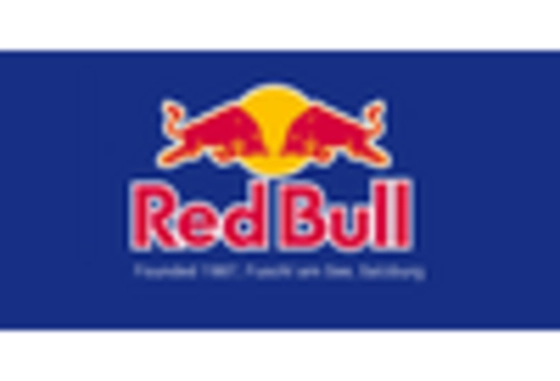
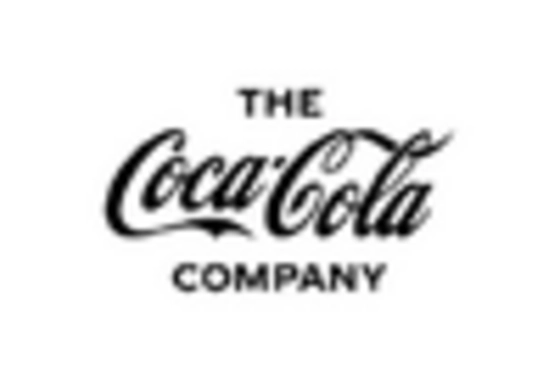








Leave a Comment